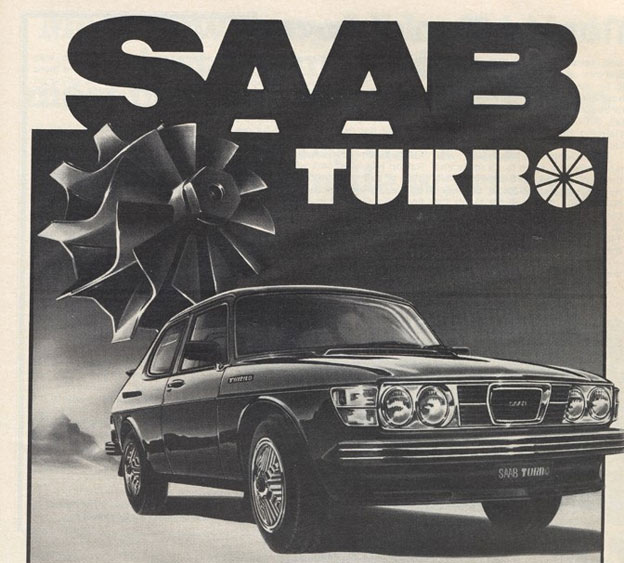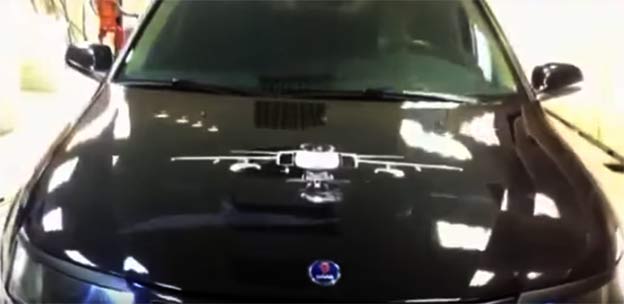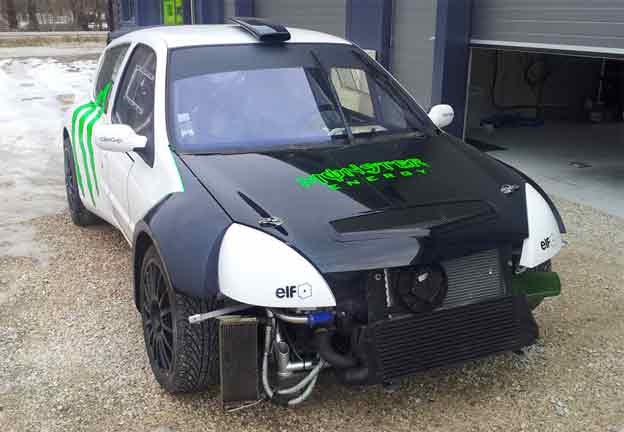The turbo-charger, which has dominated the development of the internal combustion engine for the last 30 years, turned 110 years old in this 2015.
On 16 November 1905 Swiss engineer Dr. Alfred Büchi received patent No. 204630 from the Imperial Patent Office of the German Reich for a “combustion machine consisting of a compressor (turbine compressor), a piston engine, and a turbine in sequential arrangement“.
Porsche chose the occassion to introduce its very latest take on the turbocharger, this time with variable turbine geometry (VTG). This extensive article covers the development and major achievements of the turbocharger and the new VTG technology which realises even more efficiency, resulting in a significant improvement of engine flexibility and acceleration particularly at low engine speeds.
The basis of the need for more efficient power was all sparked after the invention of the internal combustion four stroke engine in 1890 by Wilhelm Maybach. The first engines produced very little power and were extremely inefficient doing so thus there was a desire to improve the engine to make more power more efficiently.

First turbocharged passenger car
The first turbocharged passenger car was the Oldsmobile Jetfire option on the 1962-1963 F85/Cutlass, which used a turbocharger mounted to a 215 cu in (3.52 L) all aluminum V8.
SAAB Turbocharger
Saab introduced a turbocharger in 1978 in its SAAB 99 Turbo with the B engine (based on the Triumph Slant-4 engine designed for Saab by Triumph). This engine was also used in early 900 Turbo models.
This model Saab 99 Turbo popularized the turbocharger in North America, together with models Porsche 911/930 and Buick Regal.
What set the Saab 900 Turbo apart from its turbo-equipped competitors, especially in the early- and mid-1980s, was the development and use of the Automatic Performance Control (APC) boost controller. The system allowed the engine to run at the limits of engine knocking. The system had a knock sensor attached to the intake side of the motor block and if knocking of any kind was present, the APC-system would decrease the charge pressure by opening a wastegate, a bypass to the exhaust. This enabled the use of various octane fuels and also made the use of the turbocharger safer for the engine. Some 900 Aeros, Carlssons, and Commemorative Edition had special APC controllers in red and black enclosures (so-called “redbox” APCs) that provided more boost and increased power to 175 hp (130 kW) or 185 hp (138 kW) without a catalytic converter.
At first, Saab used a Garrett turbocharger (T3), which was oil-cooled. From 1988 through 1990, water-cooled T3s were fitted. In 1990, Saab fitted Mitsubishi TE-05 turbochargers in the SPG models only for the USA; for other countries, and for the USA from 1991, all 900 Turbos were fitted with the TE-05. Also water-cooled, the TE-05 was slightly smaller than the Garrett T3s, providing improved throttle response and quicker spool-up. The TE-05 is unique in that its exhaust inlet flange utilizes a Garrett T3 pattern.













